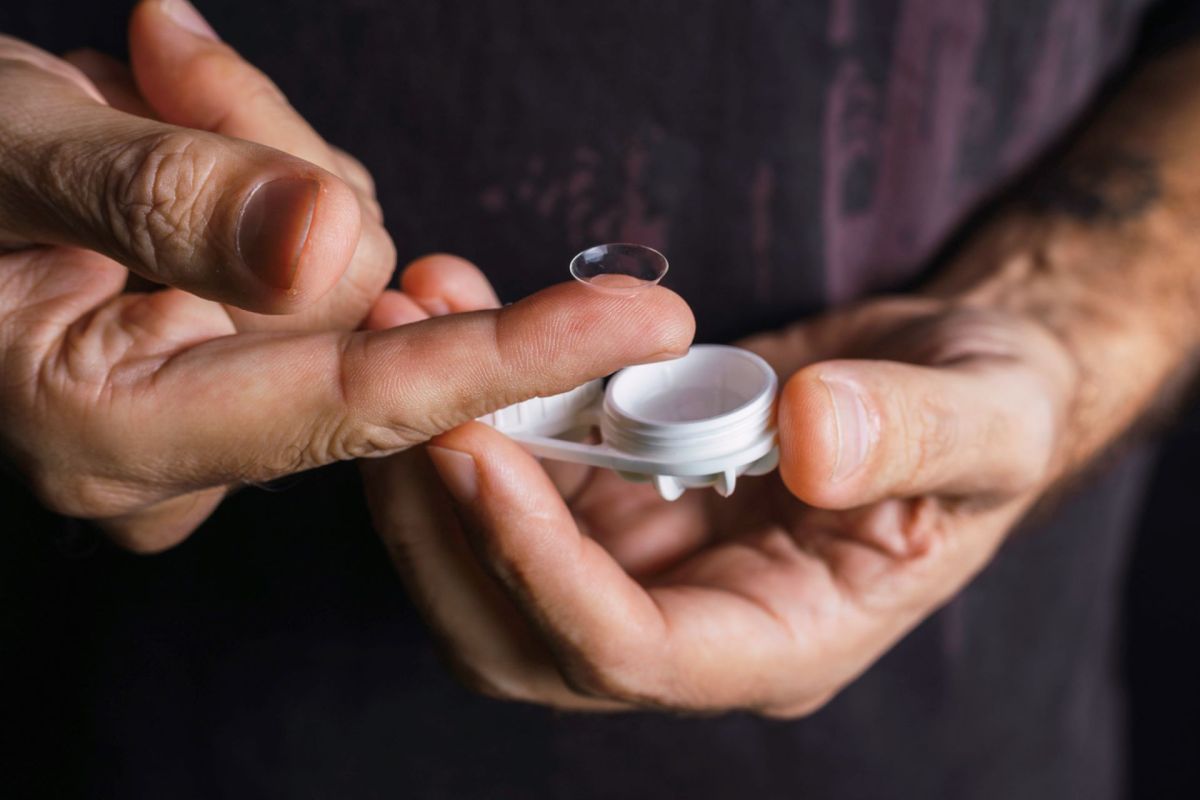It's shocking enough that plastic has so thoroughly infiltrated our lives that tiny bits of it can be found in our bodies and in our blood.
But a preliminary study on microplastics in contact lenses suggests that plastic may be coming in through an unanticipated pathway — our eyeballs.
What's happening?
An article in the journal Environmental Science & Technology, published by the American Chemical Society (ACS), explores the release of microplastics from contact lenses as a possible path into the human body.
Microplastics are pieces of plastic debris that are less than 0.2 inches (5 millimeters) long or about sesame seed–sized, according to the National Oceanic and Atmospheric Administration.
The new research, which an ACS news release describes as a "pilot study," was conducted by scientists from China.
"Our study reveals an undiscovered pathway of microplastic direct exposure to humans," the researchers wrote. They called for an "urgent need to assess the potential health risks caused by eye exposure to microplastics."
Among the findings are that an estimated 90,698 particles of microplastics could be released from a pair of contact lenses during a year of wearing, if worn about 10 hours a day.
Why are microplastics in contact lenses concerning?
People use plastics for many practical purposes, including the ability to see better — which needs to be balanced against drawbacks.
Whether or not plastic lenses shed harmful substances into eyes, they contribute to waste. In 2018, a report found that up to 20% of the 45 million U.S. lens wearers flushed them down the sink or toilet, contributing as much as 25 tons of lenses into wastewater annually.
The trouble with plastic is that there's just so much of it, and, as the UN explains, "Most plastic items never fully disappear; they just break down into smaller and smaller pieces."
In 2019, the World Wildlife Fund issued a report that humans ingest a credit card worth of microplastics per week (about 5 grams, in about 2,000 pieces, mostly in our water and food).
Though science is uncertain about how much harm plastics do in the body, there are concerns. For example, WebMD has noted the potential for microplastics to carry harmful substances into a body, "potentially leading to cancer, chronic inflammation, or other unknown effects."
What can I do about microplastics in contacts?
Health effects of microplastics remain unproven, but if you are a concerned lens wearer, you could take steps that may help exposure, such as ensuring a good cleaning routine. Glasses might also be an option.
TerraCycle has developed recycling to reduce the waste associated with lenses. Maybe the most important note for lens impact on the environment: Don't flush them. Who knows where microplastic might pop up next.
Join our free newsletter for weekly updates on the coolest innovations improving our lives and saving our planet.









